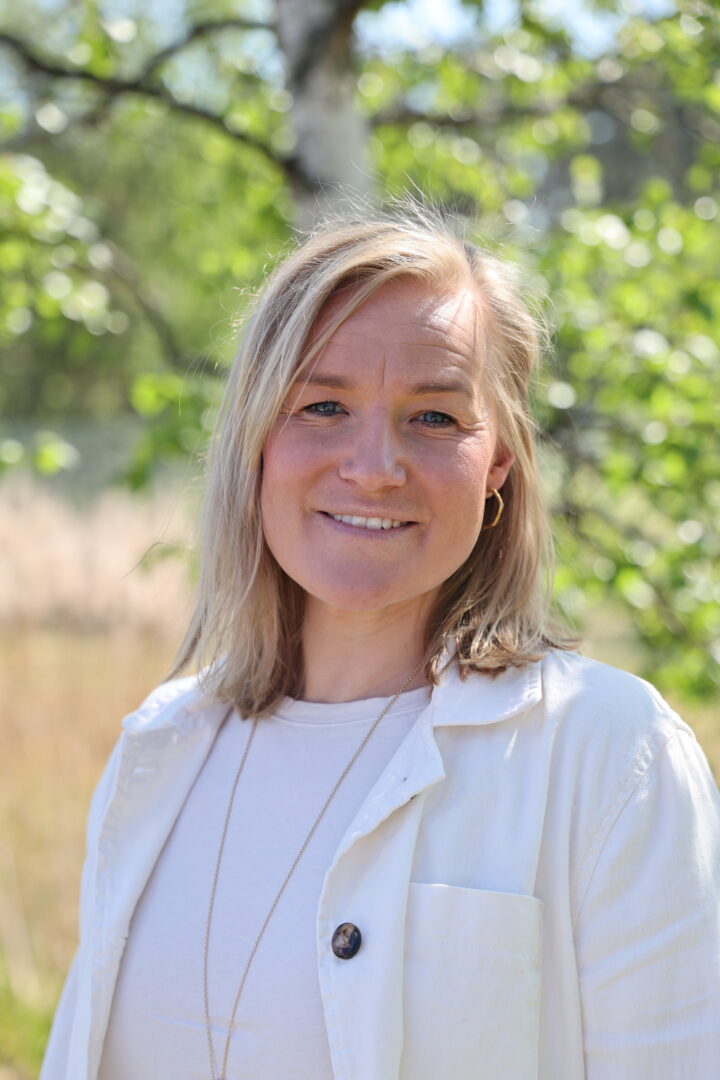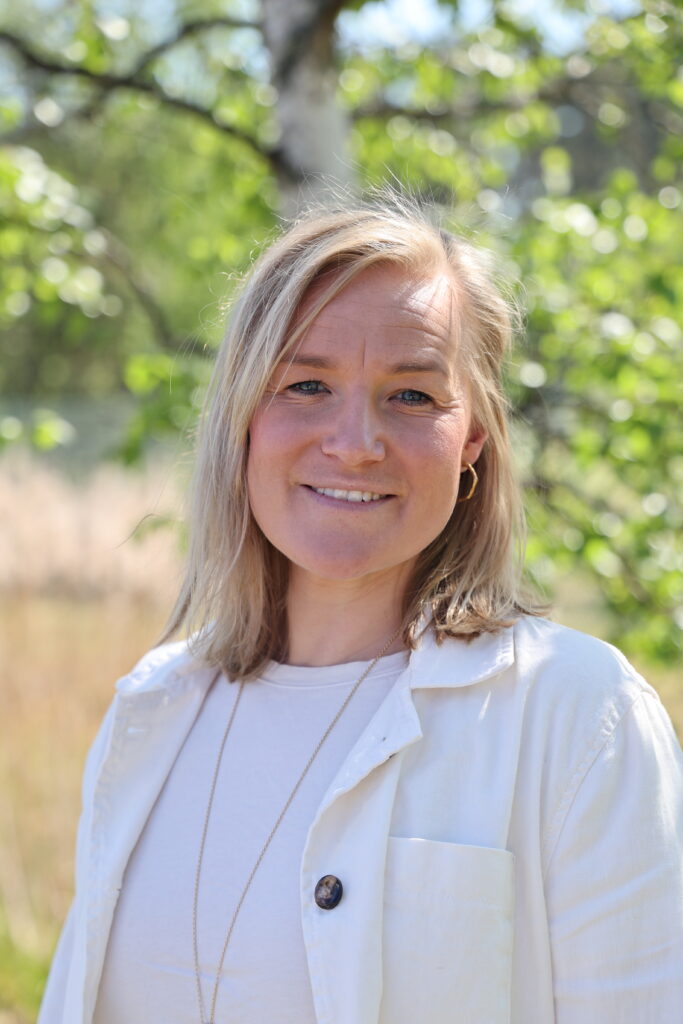
2024.09.27
Kajsa Andersson, business area manager at EAB
Can you briefly tell us what kind of company EAB is and what your role/tasks are?
EAB is a family-owned company located in Smålandsstenar, where in true Småland fashion we have all design, production and development under our own roof. We work with three product areas: warehouse fittings, doors and steel buildings. In my role as Business Area Manager for Doors, I am responsible for the entire flow, from marketing and sales to production and installation.
What do you consider to be the most valuable benefits of being a member of the Port Group?
For us, being part of the Port Group is extremely valuable. The training courses that are held to increase competence throughout the industry are important; we also benefit greatly from the work on standards and directives. The meetings that are organized are always pleasant and it is fun to meet more Port people.

”The port industry is facing challenges related to sustainability, digitalization and global competition.”
How does EAB work with sustainability in the door business, and what initiatives are you looking forward to developing?
EAB's customer promise is It holds. The promise is so important to us that we have made it a registered trademark: EAB. It holds.® Sustainability is therefore something that permeates all of our company's actions and should also be synonymous with the imprint we make on the environment, on the market and on people. We have come a long way in, among other things, Ecovadis and look forward to continuing to develop our sustainability work.
What issues do you think are important for the industry association to pursue?
The advocacy work that is underway with, for example, the inspection bodies is important. The work of educating more people about the regulations is also making a big difference.
What challenges do you think the industry will face in the coming years?
The door industry is facing challenges related to sustainability, digitalization and global competition. Increased demand for energy-efficient and automated solutions requires technical innovations and investments in smart systems. At the same time, stricter regulations and safety requirements place high demands on adaptation and development in both product development and supply chains. This of course opens up a lot of opportunities too!
